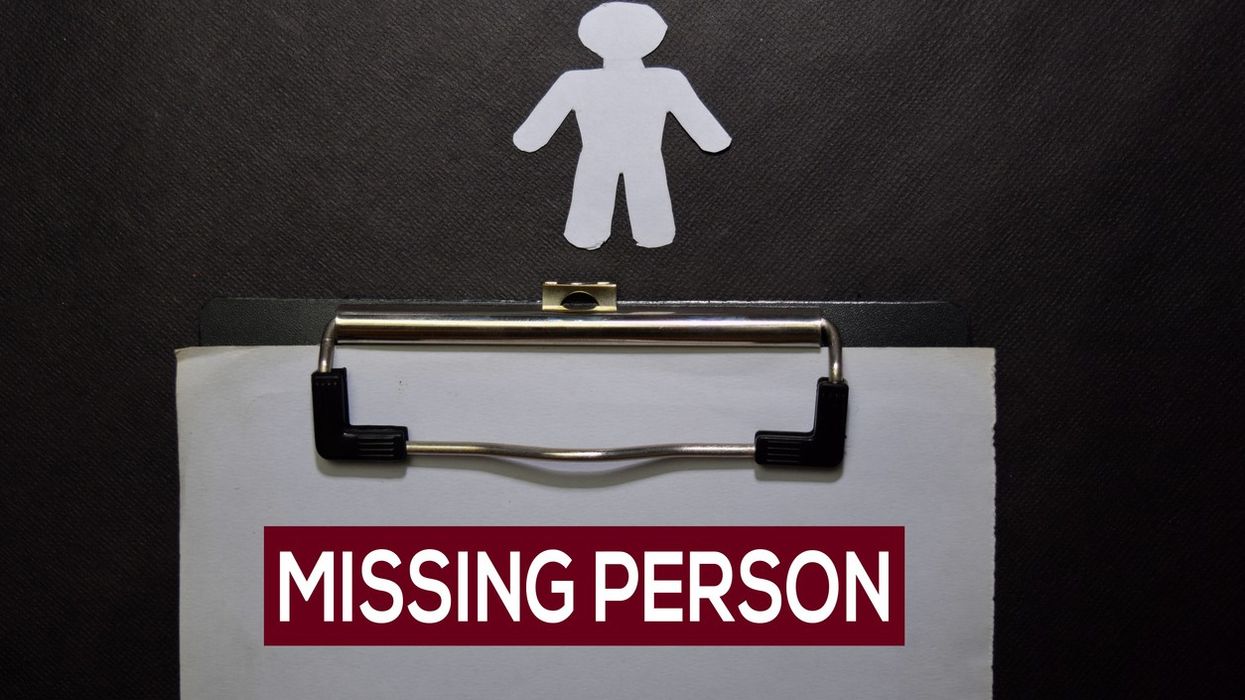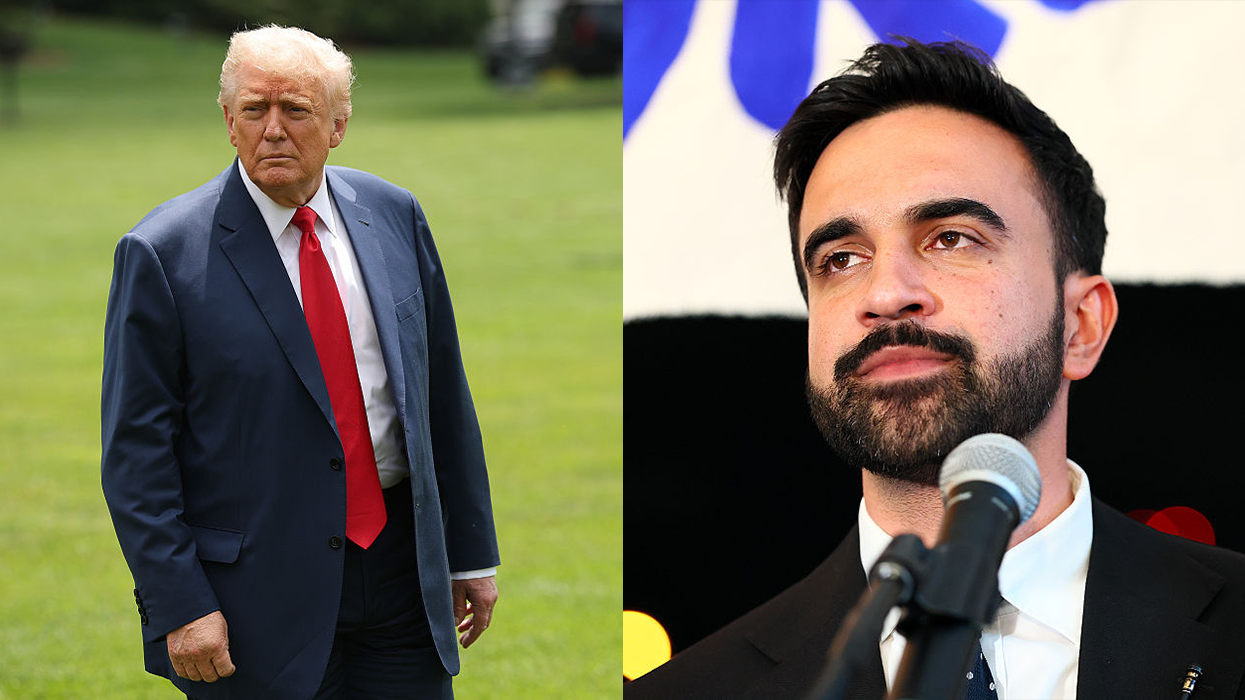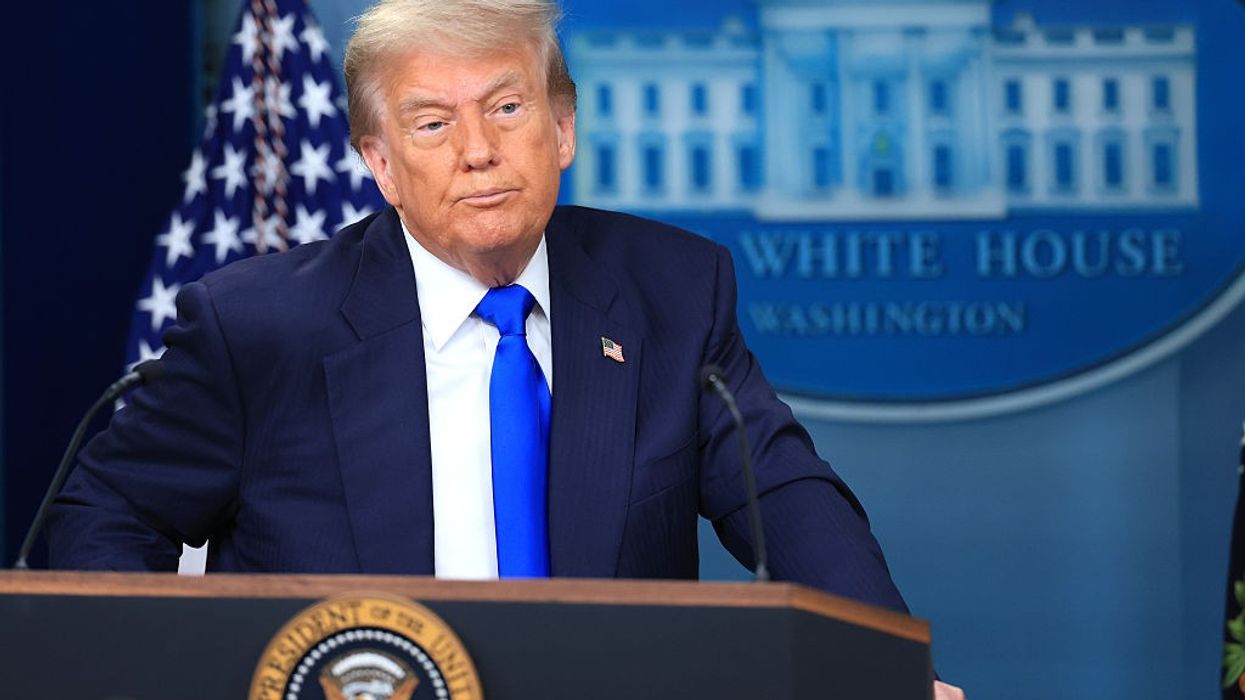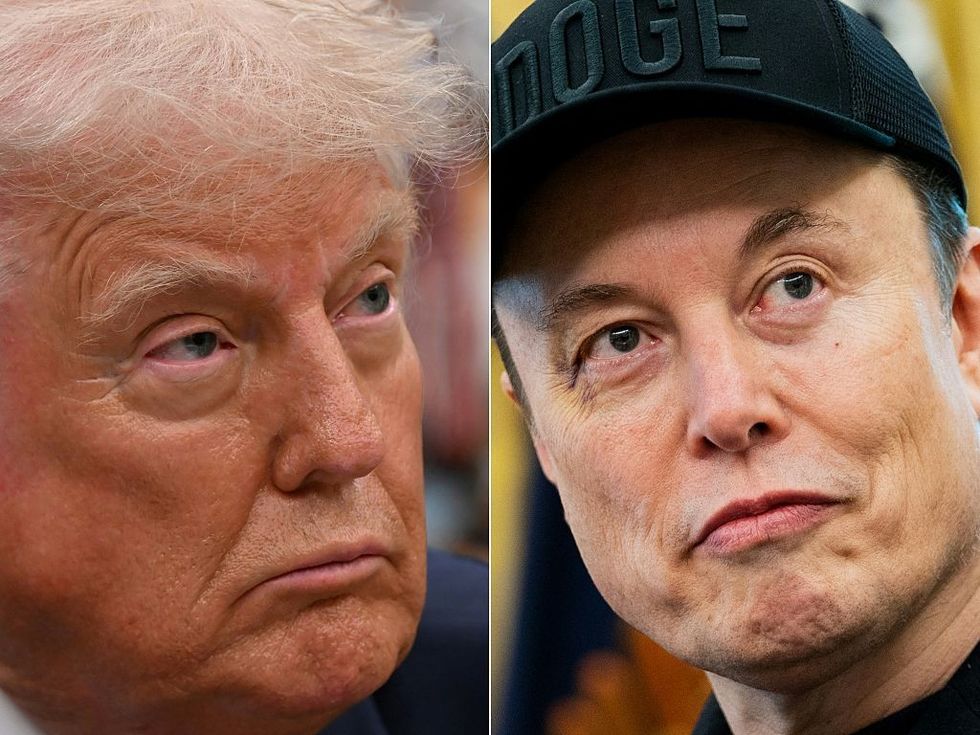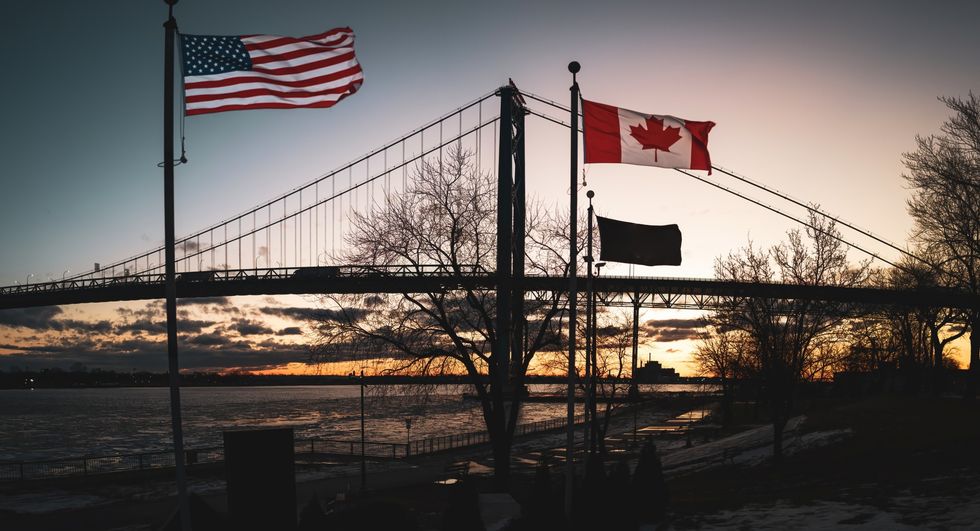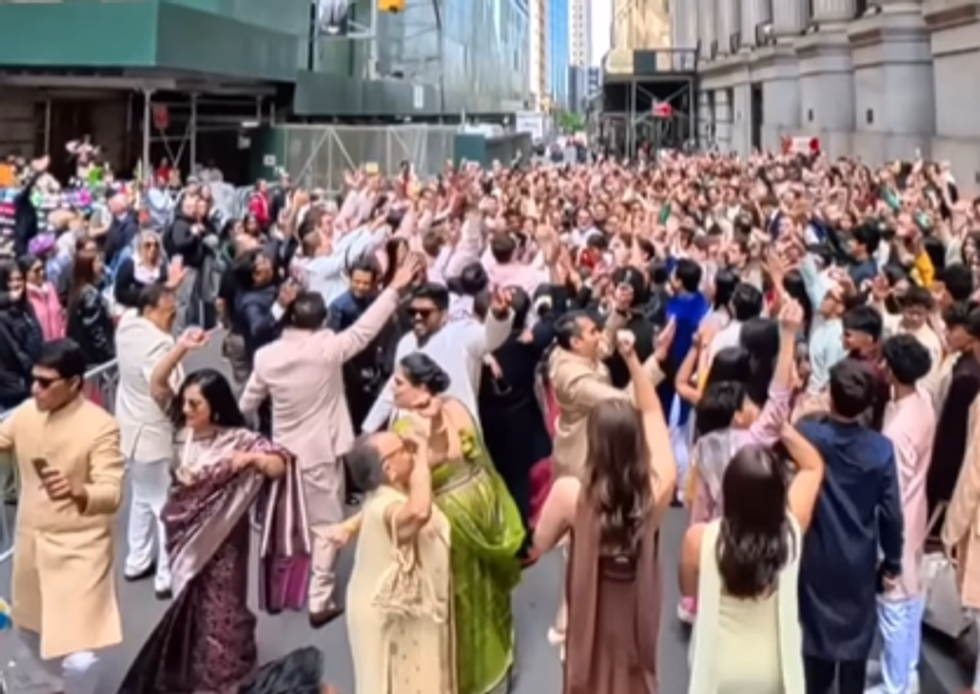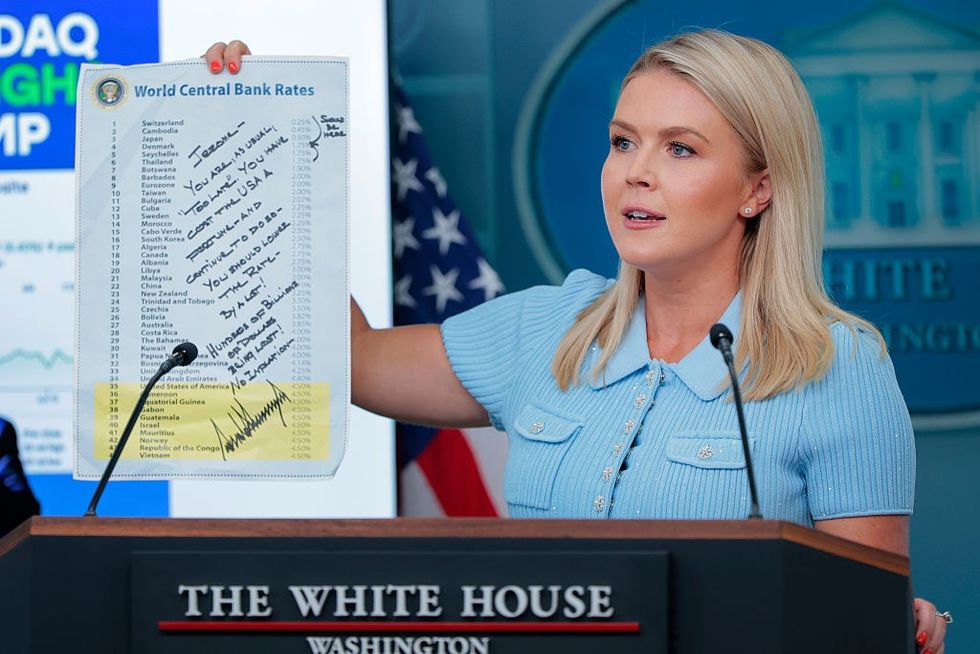THE Election Commission of India (ECI) has left no stone unturned to ensure ‘no voter is left behind’ in the upcoming general elections kicking off on April 19.
With 969 million registered voters all set to cast ballots to choose the leader and party of their preference in the world's largest democracy, the process of electing candidates for 543 seats in the lower house of the Indian Parliament, Lok Sabha, is not only going to humongous but also unique for its geographical spread.
The ECI has ensured that they will "walk the extra mile so that the people don’t have to".
While announcing the itinerary for the elections earlier in March, India's chief election commission Rajeev Kumar said, “We will go in the snowed mountains and jungles. We will go through horses and helicopters and on the bridges and even ride on elephants and mules just to ensure everyone is able to vote."
Read: High demand for 'election tourism' in poll-bound India
The commission has picked teams of officials that are ready to travel on helicopters, underwater, walk on makeshift bridges, and trek to points as high as 15,000 km above sea level to set up polling booths in the most difficult of terrains.
Booths in violence-marred Manipur
For the internally displaced individuals of the north-eastern state of Manipur facing rampant ethnic clashes between the Meitei and the tribal Kuki communities, the commission will set up 94 polling booths where more than 50,000 displaced people will be eligible to vote. These will be set up near their relief camps. More than 200 people have lost their lives while many more were injured in the clashes that broke out in May last year.
Read: Why India holds its national election in harsh summer?
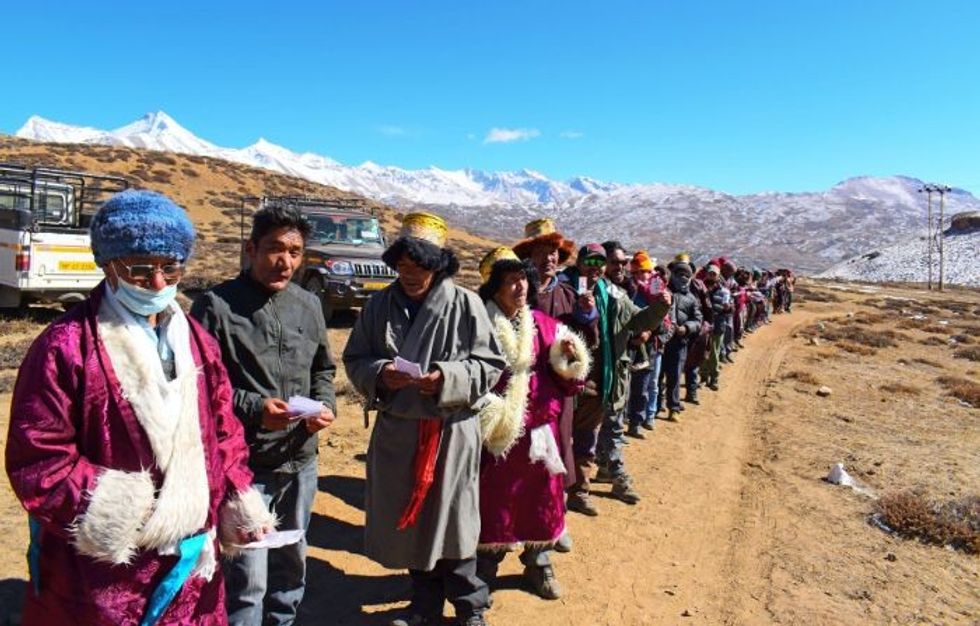
The hamlet of Tashigang near India's border with China in the Himalayan state of Himachal Pradesh has the world’s highest polling station at 15,256 feet above sea level.
Similarly, the polling officials have to make an arduous journey to set up a riverine polling station in Kamsing village in the West Jaintia Hills district of the north-eastern state of Meghalaya by wearing life jackets and with the help of divers.
Read: Why India holds it national election in harsh summer?
Booth in village reachable only by boats
“The village, which survives on betel nut farming and solar electricity, has the farthest and non-motorable polling station of Meghalaya. Situated 69 km from district headquarters in Jowai, and 44 km from sub-district headquarters (tehsildar’s office) Amlarem, the village is approachable only by small countrymade boats,” an anecdote from the EC read.
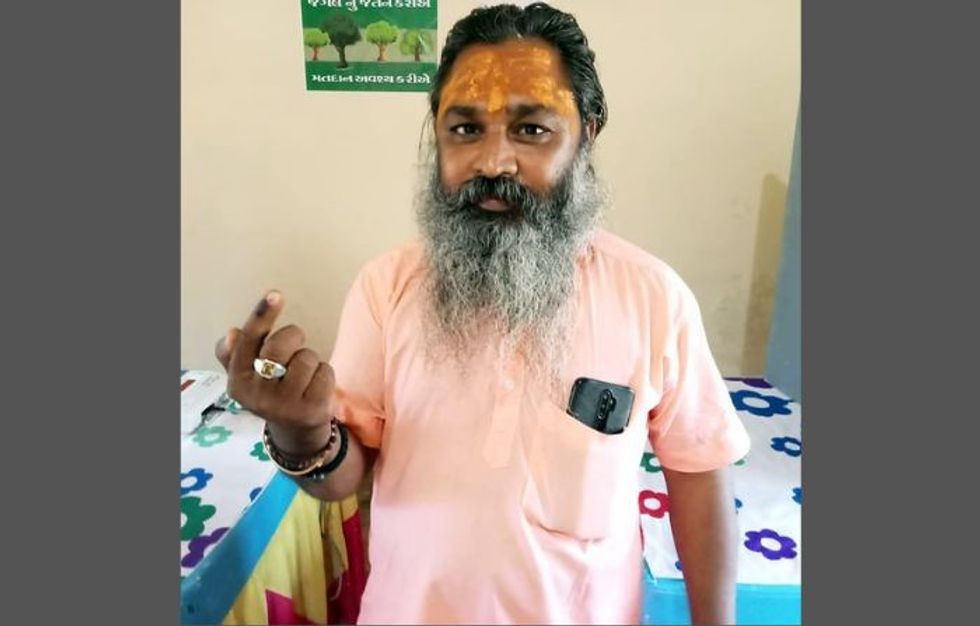
Reaching the village, which is located along the India-Bangladesh border in Meghalaya, takes an hour of cruise. The commission has set up a polling station for just 35 voters comprising 20 men and 15 women from 23 families that reside in that village.
In the deep forests of Gir in the western state of Gujarat that is home to Asiatic lions, the ECI has been setting up a polling booth for just one voter. The booth in Banej is set up for Mahant Haridasji Udasin, a priest at a local temple, according to the book 'Leap of Faith', based on polls and published by the commission.
Read: Always been a glorious right-wing personality: Kangana Ranaut
"The Baneshwar Mahadev Temple is located deep inside Gir Forest, the last surviving natural habitat of Asiatic lions. Political parties do not canvass in the area for fear of wild animals. The polling team comprising 10 persons travelled 25 kms to set up a booth for a single voter.
"Haridas Udaseen is the successor of Mahant Bharatdas Darshandas, who was the sole voter in the polling station for nearly two decades, before he passed away in November, 2019," the book reads.
Similarly, a booth is set up for one voter in a hamlet in Malogam in India's north-eastern most state of Arunachal Pradesh, which China claims to be its own. In 2019, the election officials travelled 300 miles over four days across winding mountain roads and river valleys so that the voter could cast his ballot.
Polling stations have also been set up for the Siddis, descendants of East Africans who came to India between the 14th and 17th centuries, in the Talala area of Gir Somnath district of Gujarat. There are over 3,500 such voters in the area, as per the official data.
"Siddis attained prominence in history in the 17th century as rulers of Janjira, an island off Murud, a coastal town in Raigarh district of Maharashtra, Janjira, including Jafrabad, in Kathiawar region of Gujarat, was a princely state in British India, ruled by Siddis," the EC archives said.
The commission will also make a booth in the Pachakanam station inside the Periyar Tiger Reserve in the southern state of Kerala. As per a voters' list in 2021 when the state went to elections, there were only 29 people voting from the area.
Braving crocodile swamps
In the Andaman and Nicobar Islands located about 1,400 kilometres from mainland India, election officials braved crocodile swamps for just nine voters during the 2019 elections.
Also in Gujarat, which has India's longest coastline measuring 1,600 kilometres, and the seascape has many islets that are uninhabited. During the state election of 2022, the commission facilitated voting in the islets for the first time to make things convenient for the voters.
"At Aliabet, in Bharuch district, a polling station was set up in a shipping container. With minimum facilities assured for 217 electors, they were spared travelling for more than 80 km to vote in the nearest polling station in Bharuch," it said. The upcoming elections will see a repeat of the same.
Read: In India, the world’s largest democracy, 960 million people eligible to vote in 2024 general polls
“Similarly, five polling stations were set in Siyalbet, an island village under Rajula AC, in Amreli district (also in Gujarat). This spared 4,757 voters of the village of trekking 15 km to the nearest town Jafrabad,” the commission said.
Polling booths were also set up to cater to voters who live in the scattered islands within Dumbur Lake in another north-eastern state of Tripura.
The commission decided to double the honorarium of the election officials who undertake challenging journeys to ensure that the festival of democracy reaches the farthest corners of the country. Sometimes, they begin their journey three to four days before the day of the polling.
The commission's decision came after the chief election commissioner himself visited some distant villages in the Himalayan state of Uttarakhand.
"He trekked 8 kilometres in 3 days to reach the polling stations part of Badrinath constituency, which went to polls in 2022. While recognising the courage and determination of polling officials, he stressed on the necessity of having updated route maps indicating the safest and shortest course," an ECI official said.
Polling in zones affected by Left wing extremism
The officials also face threat from Left extremists in many belts in central India, such as Chhattisgarh. Keeping in mind the growing security threat posed by the militants during the general elections, the state election commission has adjusted its strategy compared to the state elections held there last November. The number of critical polling stations has gone up besides those scheduled for relocation, besides the areas of expected drop-off from helicopters.
Given the increased security threat posed by Naxals during the Lok Sabha polls, the Chhattisgarh State Election Commission (SEC) has adjusted its strategy compared to the Assembly polls held last November. There has been an increase in the number of critical polling stations and those scheduled for relocation, as well as an uptick in the expected helicopter drop-offs.
Deaths of poll officials in violence in areas affected by Left-wing extremism are not new but the commission has ensured that the administration is not cowed into compromise.
To encourage voting, the commission has also appointed former India cricketer Sachin Tendulkar and actor Rajkumar Rao its “national icons” to increase participation of the electorate
(With PTI inputs)

